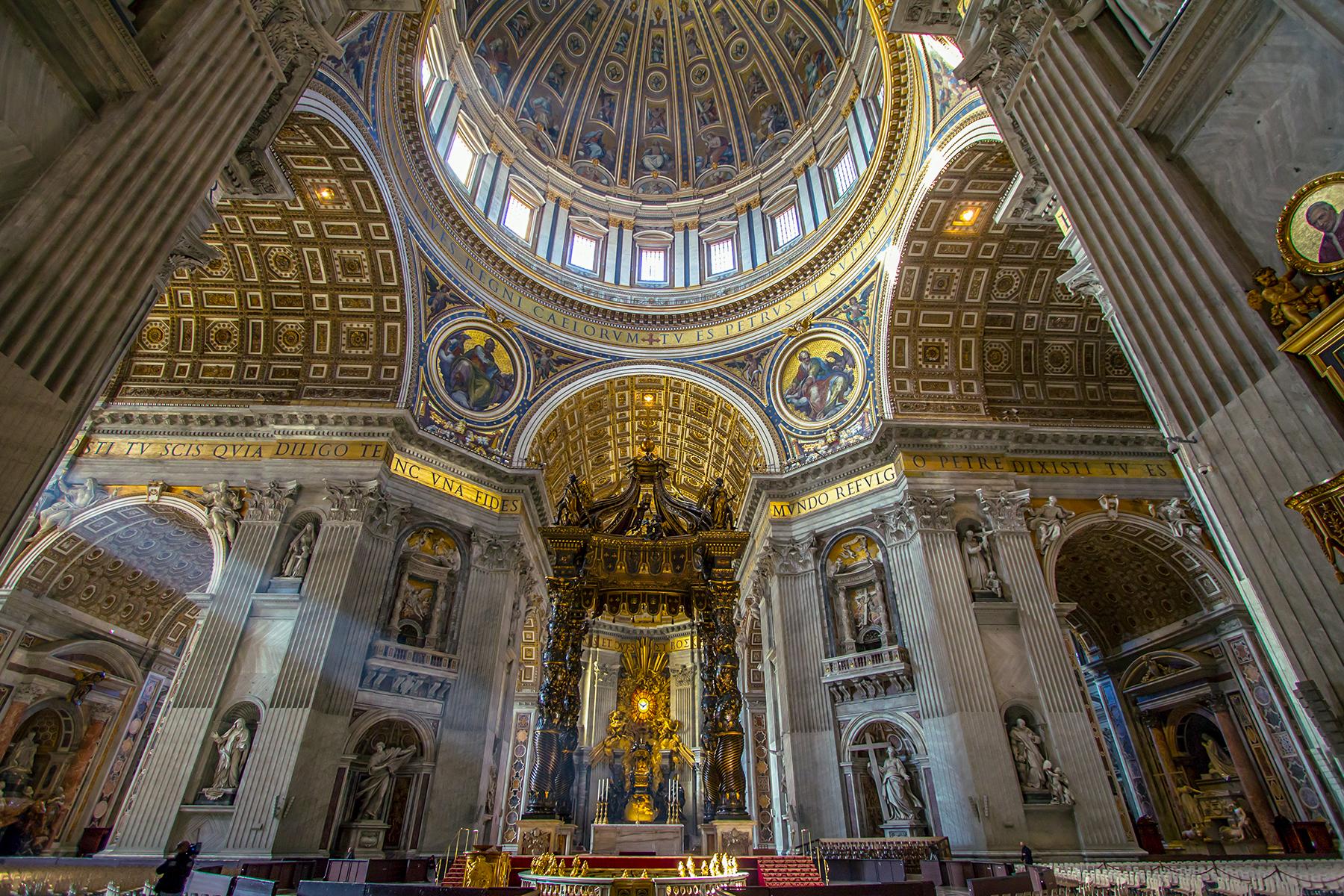Because Rome is so much more than just its ancient sites.
Rome may be an open-air museum replete with baroque fountains, larger-than-life churches, ancient ruins, and other treasures, but that doesn’t mean you should skip out on the city’s many established museums. Inside you’ll find masterpieces by some of the greatest artists who ever lived, not to mention awe-inspiring architecture and treasures of the ancient world. From the famed Vatican Museums—home to Michelangelo’s Sistine Chapel—to the city’s contemporary art museums designed by modern-day starchitects, these are the best museums in Rome.





